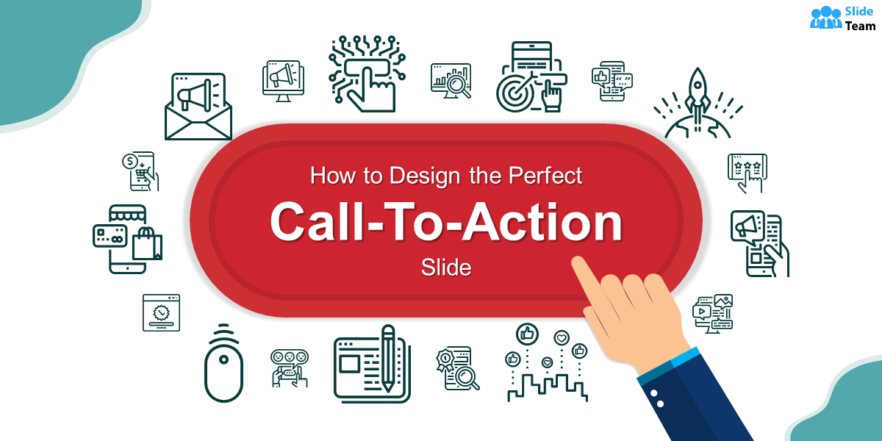Most of the times, communication not having the desired effect, is an anecdotal reality. In fact, organizations have crumbled due to lack of communication or even miscommunication. While communication is a medium to express grievances, report actions, and even incite a response in emergencies, often, despite functional communication channels and interactions, messages do not do not have the desired effect. This is because most communication lacks an element of flowchart. Therefore, the art of communicating effectively relies heavily on messages reaching the appropriate individual or audience through the correct flow.
For such effective communication to take place, second to having a detailed communication plan, a communication flow chart is needed.
SlideTeam’s guide on communication flow chart templates offers you an all-in-one tool for streamlining business communication. Hand-hold your team in delivering messages and initiating effective responsive actions using our communication flow chart templates. In this regard, our seven best communication flow chart templates are given below.
These are 100% editable and easy to customize. Your customer service, crisis management, and brand communication will see an uptick as long as you are equipped with our communication flow chart templates. Download now!
Template 1: Internal Communication Flow Chart Template
Demonstrate the pattern of commission within your organization so that the message travels smoothly using this PPT Flowchart. Showcase the communication link between the top management that could be trustees to the executives. Include presidents, managers, etc as part of the communication flow chart. You can even customize this communication flow chart template to represent information transfer between other departments of our organization. Get it now!
Template 2: Customer Service Communication Process Flow Chart Template
Create a communication flow chart on how to address and resolve customer queries with this algorithm flowchart. Use a yes/no format on how to better serve customers and close queries with ease. Add necessary questions and determiners to help customer support make better judgments. Download now.
Template 3: Cyber Security Incident Communication Plan Flowchart Template
Create a communication flowchart on how to ensure cyber security with this PPT Design. Highlight crucial members of the cyber security management system, set up the communication flow chart between them as they coordinate together to mitigate risks and cope with incidents. Employ algorithms, flowcharts and determiners to guide teams in handling incidents better. Download now!
Template 4: Risk and Crisis Communication Flowchart With Assessments Template
Create a flowchart to reduce damage and alleviate risks in the state of crisis with this PPT Template. Incorporate determiners in this communication flow chart template to help teams make better decisions at the time of crisis. Ensure that the escalation process is working, and issues are resolved within minimum to no damage. Download now.
Template 5: Business Engagement and Communication Plan Flowchart Template
Lay down the flowchart to smooth business operations using this PPT Template. This content-ready flowchart template will help you deal with stakeholders better so that they are engaged better and benefit the business. Help your team in making better decisions by incorporating determiners or Yes/No questions as your seal deals with your clients easily.
Template 6: Flow Chart Plan Template For Customer Project Communication
If your project involves communicating with clients to conserve resources and time, use this PPT Slide. Create a step by step flowchart on how to establish communication with clients via reports and status updates and schedule this communication with this communication flowchart template. Download now.
Template 7: Perceived Brand Communication Customer Service Flowchart With Arrows Template
Create a communication flowchart on how to influence brand perception. Focus on better customer support, quality products, and communication with the customers to reinforce a positive brand image. Create an action plan on how to coordinate these activities and achieve desired results. Download now.
PS: Communicating the right and useful knowledge within an organization is a crucial responsibility and the best way to do so is with a knowledge transfer plan in action. Explore the top 5 designs of this blog to help you in this task.
FAQs on Communication Flow Chart
What is a flowchart in communication?
A flowchart in communication is a graphical representation illustrating the sequential steps and decisions involved in conveying information or messages. It uses symbols and arrows to depict the flow of communication, making complex processes easy to understand and analyze. These visual diagrams are valuable for mapping out communication workflows, identifying potential bottlenecks, and improving efficiency. Whether used in business operations, project management, or technical procedures, flowcharts help individuals and organizations visualize and optimize how information is transmitted, enhancing clarity and effectiveness in communication processes.
How do you make a communication flow chart?
Creating a communication flowchart involves these key steps:
- Identify the Process: Clearly define the communication process or scenario you want to illustrate.
- List Key Steps: Outline main steps and actions involved in the communication, such as sending a message, receiving it, and any decision points.
- Use Symbols: Choose appropriate flowchart symbols like rectangles for processes, diamonds for decisions, and arrows for the flow of information.
- Connect Symbols: Connect the symbols with arrows to represent the sequential order and connections between steps.
- Label and Describe: Add labels or brief descriptions to each symbol to clarify its purpose.
- Review and Test: Review the flowchart for accuracy and completeness. Test it with others to ensure it represents the communication process.
- Refine as Needed: Make revisions based on feedback and refine the flowchart.
What are the five processes of communication?
The communication process involves five essential stages:
- Sender: The process starts with a sender or communicator who initiates the communication by encoding a message. This involves formulating thoughts, ideas, or information into a format for effective transmission.
- Message: The encoded message is the information being conveyed. It can be in the form of spoken words, written text, visuals, or non-verbal cues.
- Channel: The message is then transmitted through a chosen communication channel or medium, such as face-to-face conversations, emails, phone calls, or social media platforms.
- Receiver: The recipient or receiver of the message perceives and decodes the information. This involves interpreting the message based on their understanding, context, and experiences.
- Feedback: After receiving the message, the receiver may provide feedback or a response, which closes the communication loop. This feedback can be verbal, non-verbal, or written and helps the sender gauge the effectiveness of their communication.
Why is the communication flow chart important?
A communication flowchart is vital for several reasons:
- Clarity: It provides a visual representation of complex communication processes, making these easier to comprehend and follow.
- Efficiency: It helps identify bottlenecks, redundancies, and areas for improvement in communication workflows, leading to more efficient operations.
- Standardization: Flowcharts establish standardized communication procedures, ensuring consistency and reducing the risk of errors.
- Problem-Solving: When issues arise in communication, flowcharts serve as diagnostic tools, pinpointing where breakdowns occur and facilitating timely resolutions.
- Training: They aid in training new personnel by offering a clear, step-by-step guide to communication protocols.
- Documentation: Flowcharts document communication procedures, preserving institutional knowledge and facilitating compliance with regulations.
- Enhanced Camaraderie These enhance collaboration among team members by providing a shared understanding of processes.


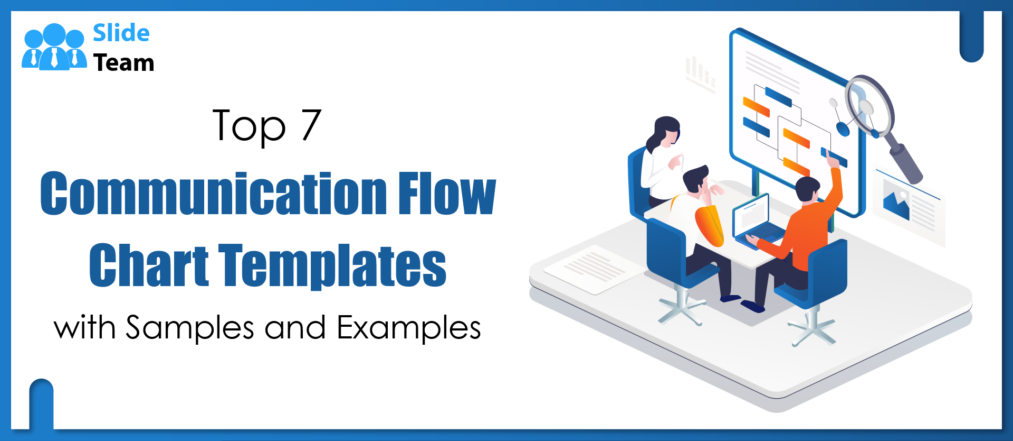


 Customer Reviews
Customer Reviews

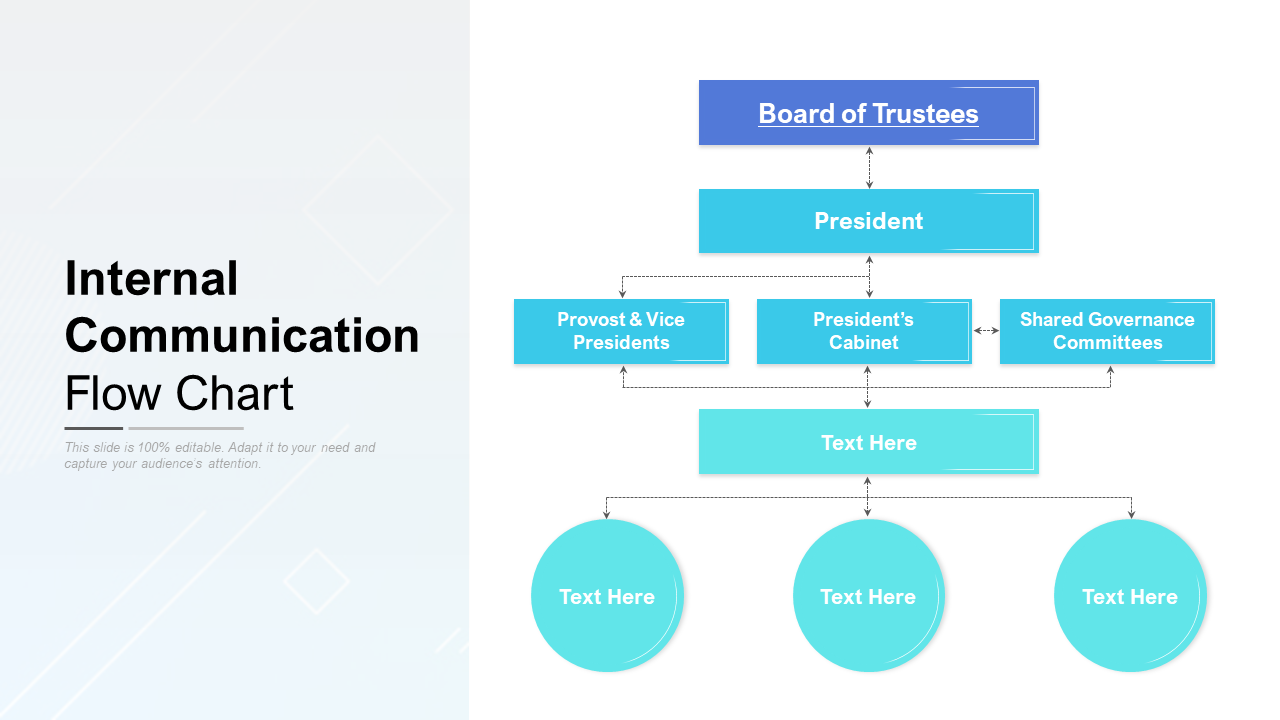
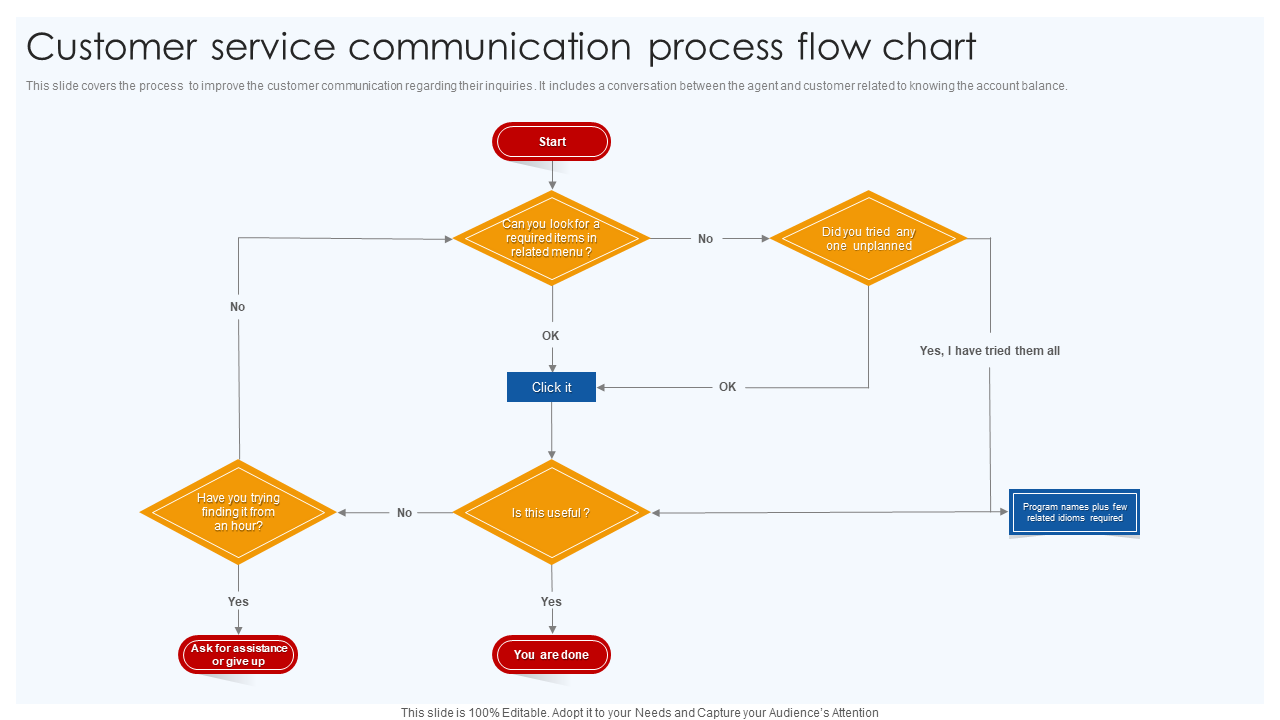
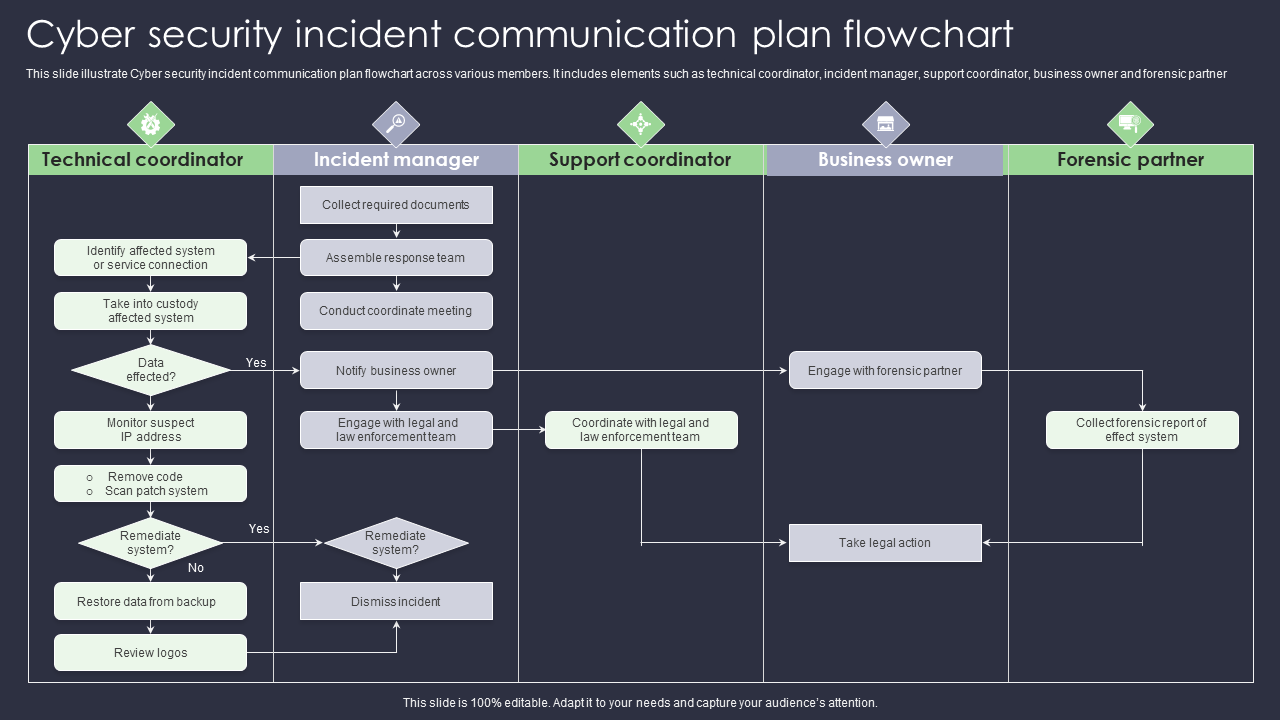
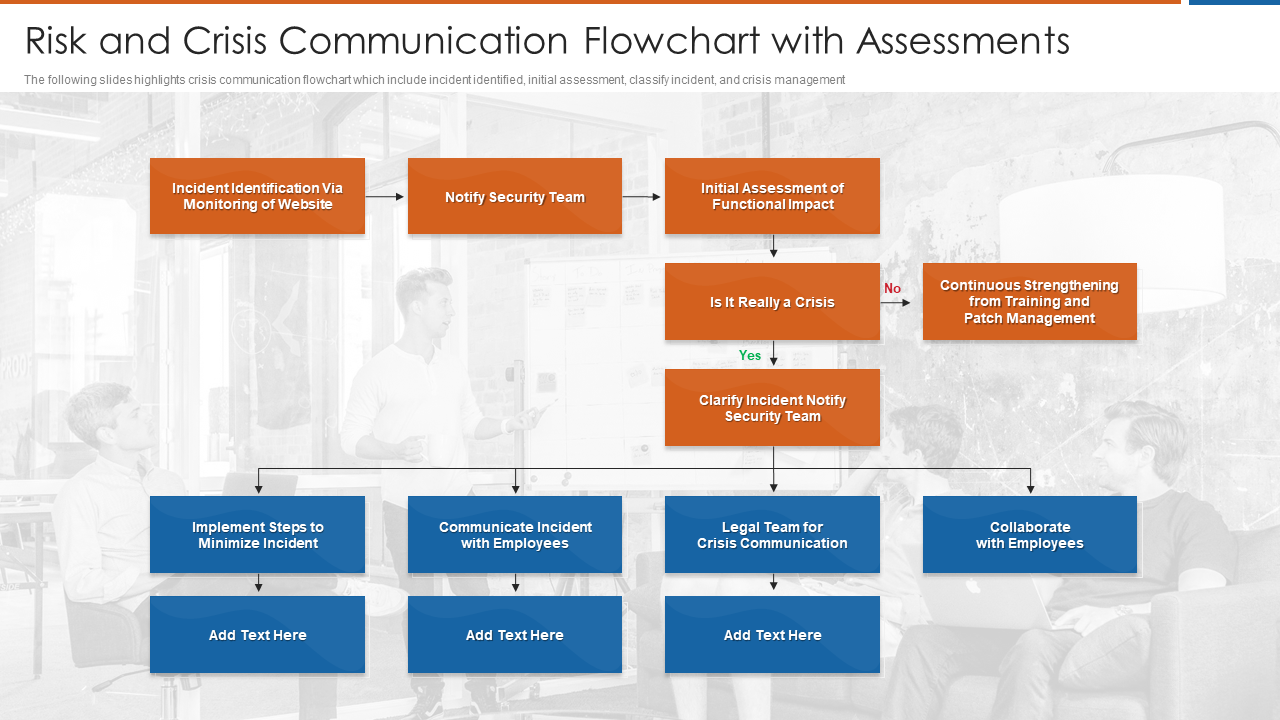
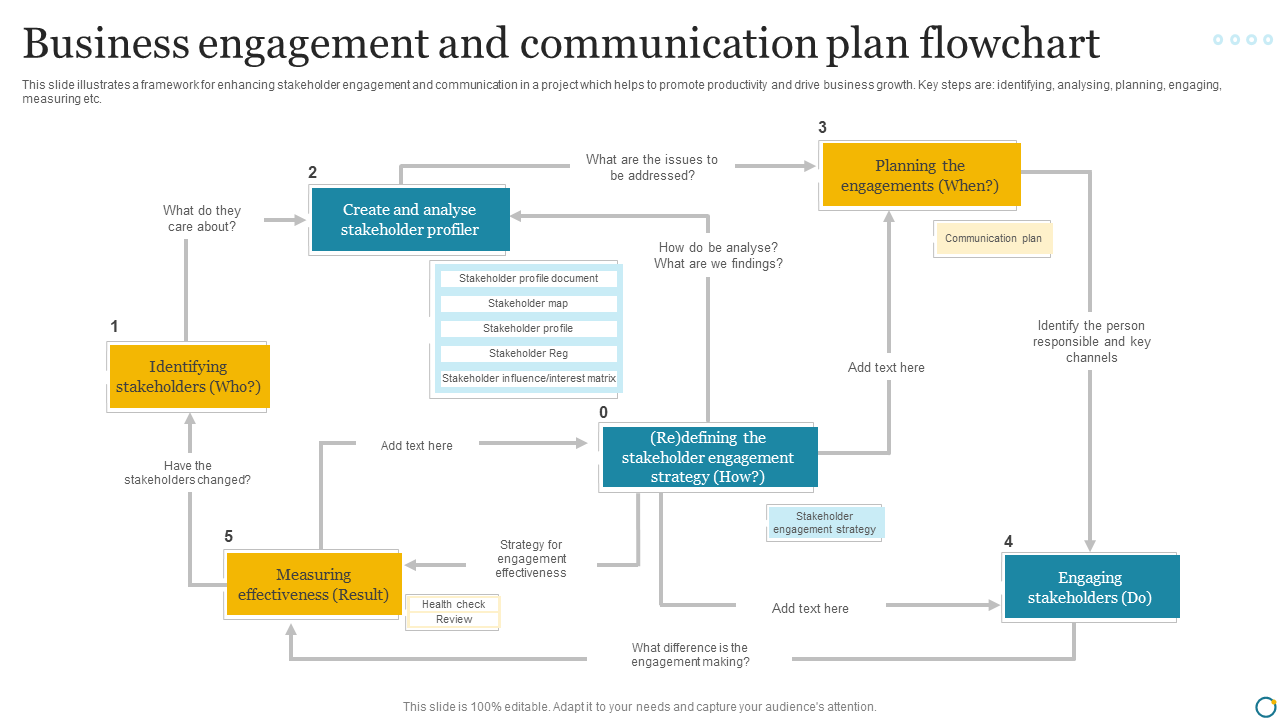
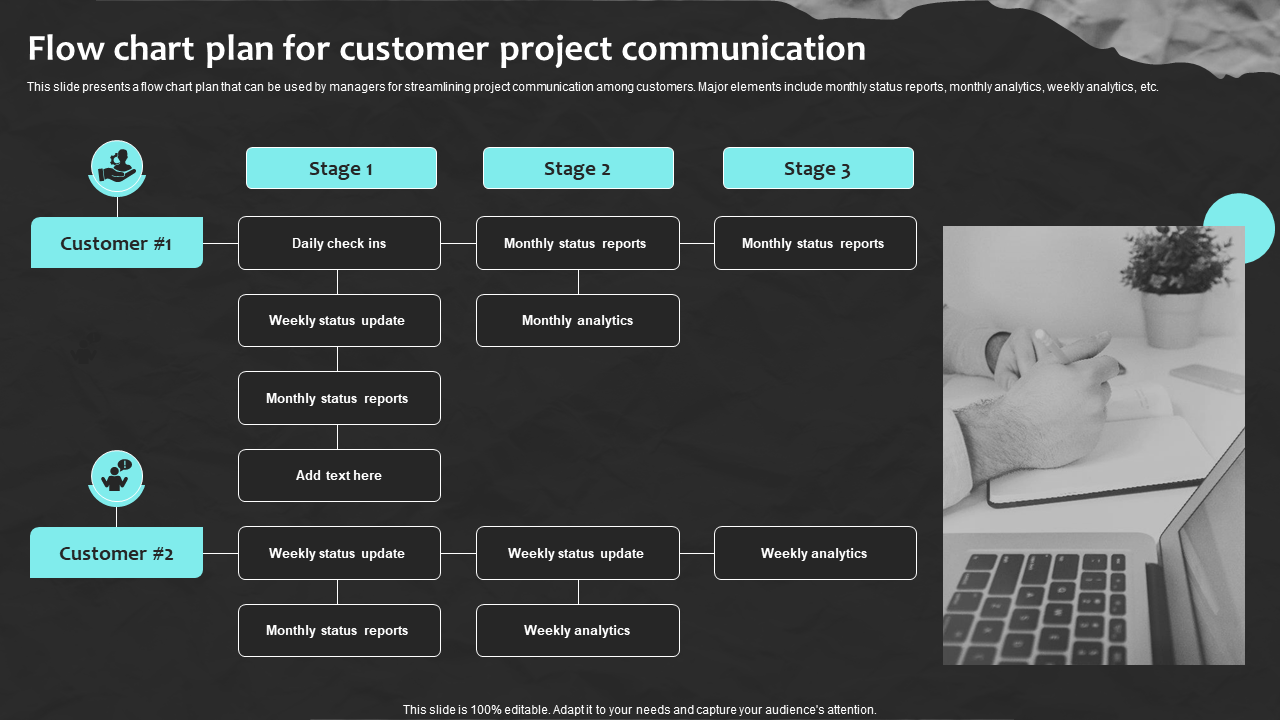




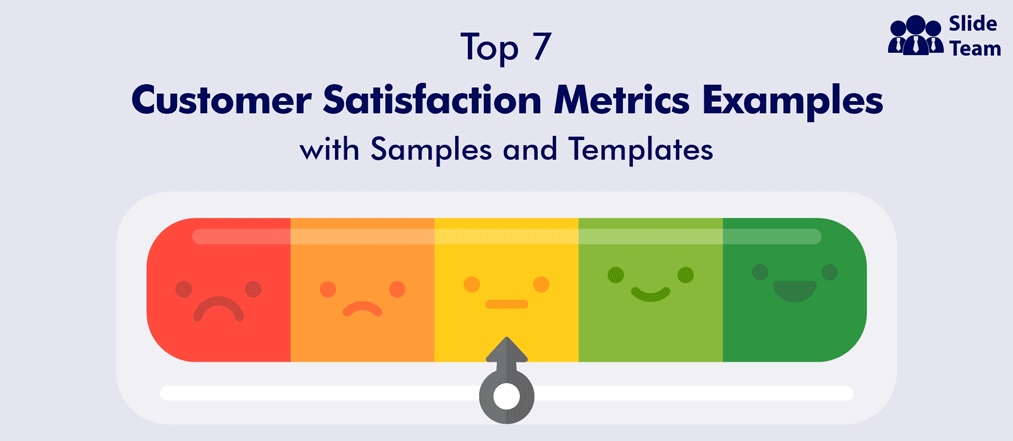
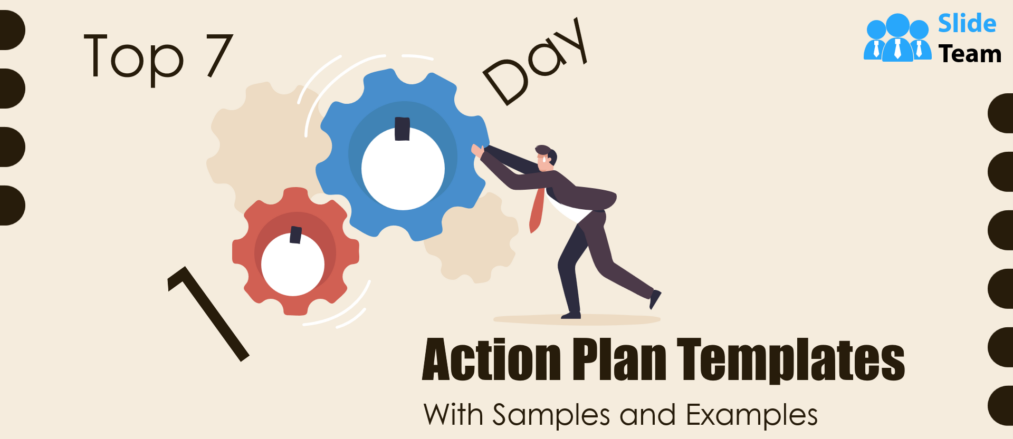





![15 Inverted Pyramid Structure Templates to Improve Audience Engagement [Free PDF Attached]](https://www.slideteam.net/wp/wp-content/uploads/2022/01/1013x441no-button-9-1013x441.jpg)

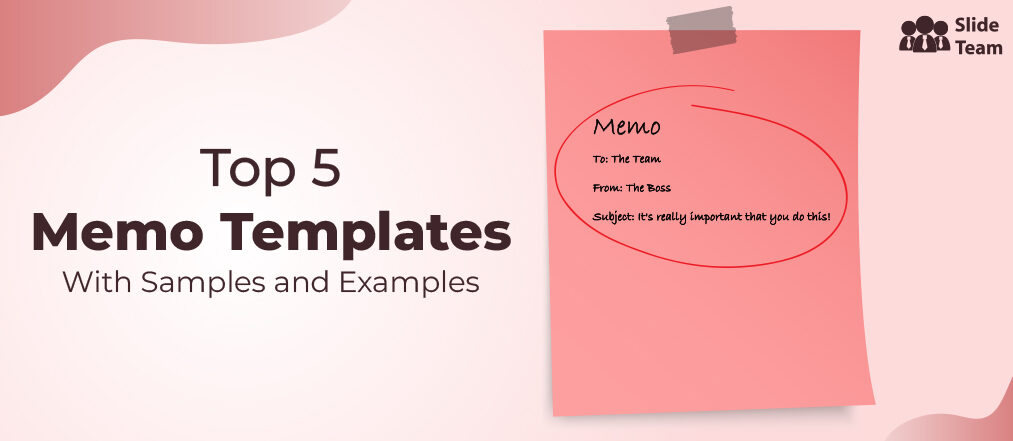
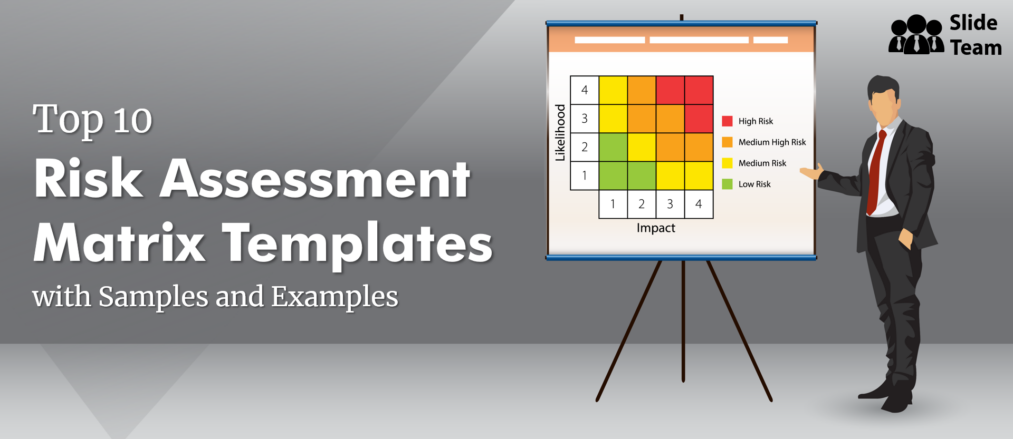
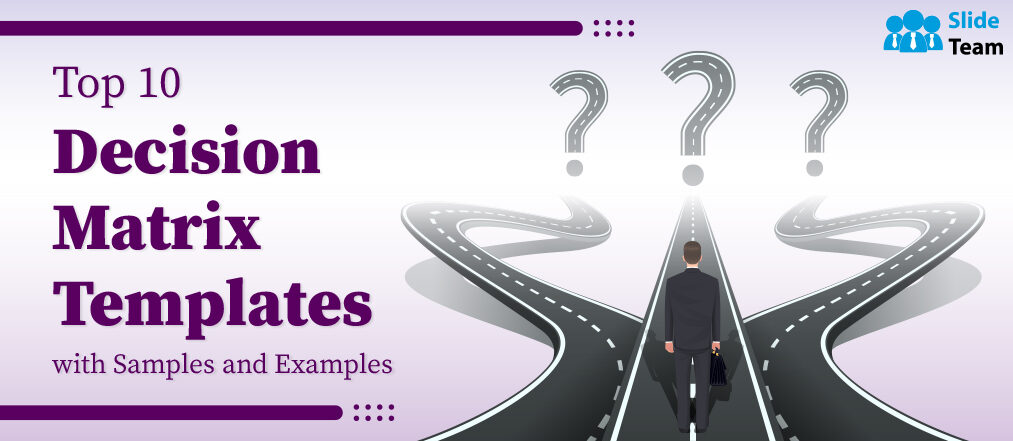
![[Updated 2023] 20 Pie Chart Templates to Draw Intuitive Comparisons](https://www.slideteam.net/wp/wp-content/uploads/2021/11/gif-1013x441-1-1013x441.gif)
